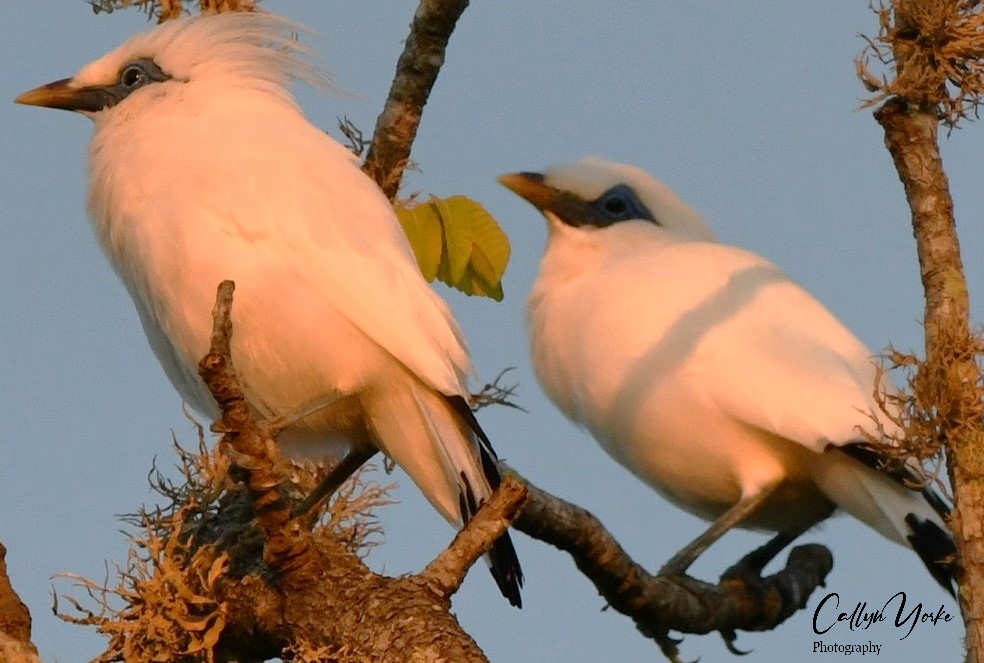
Bali, Indonesia June 10-29, 2022 Callyn Yorke
Scroll down for Annotated Bird List
Introduction
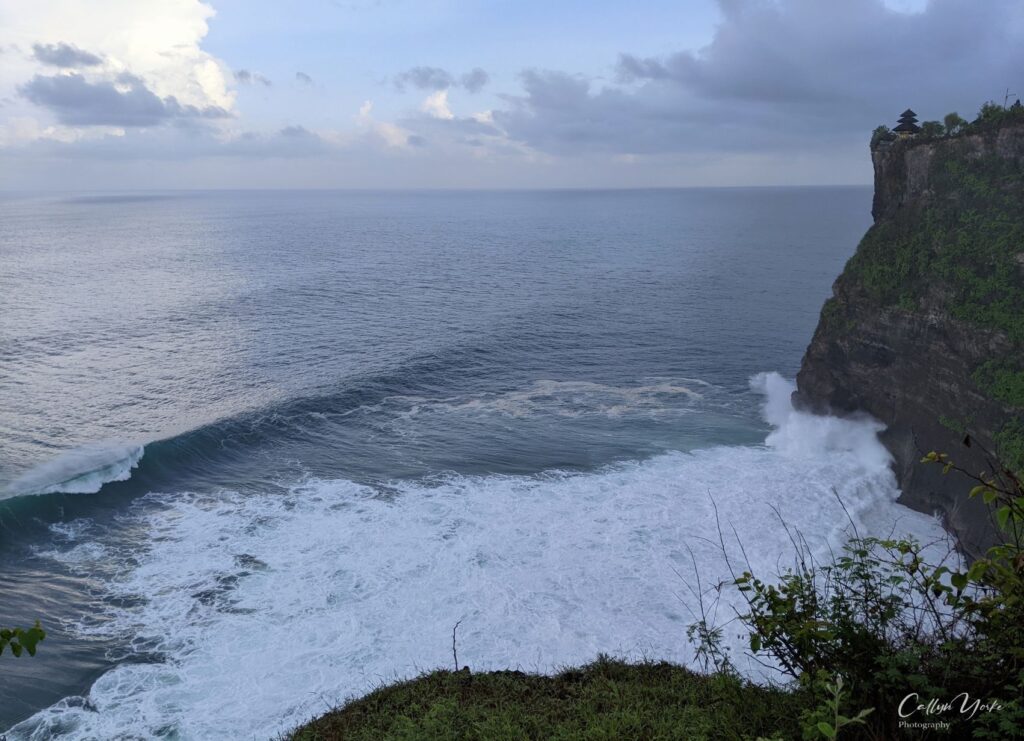
This was my third visit to Bali, the first being in 1978, and again in 2014. Things have changed on Bali, to put it mildly. Modernization accompanied by a massive increase in tourism and associated infrastructure has left few places with sufficient natural habitat to support a diverse avifauna, such as that still occurring on the adjacent, much larger islands of Sumatra and Borneo.

One historically productive birding location, Pulau Serangan, located next to a landfill on the outskirts of Denpasar, has been reduced to ruderal patches of second-growth, trashy mangrove backwaters, a small fishing village, gardens and busy roadways.
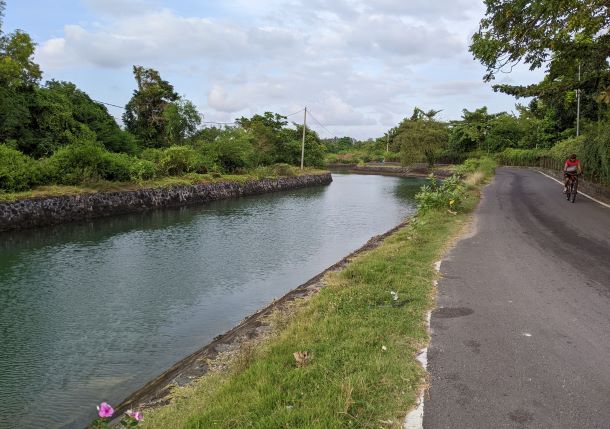
Adjacent shallow lagoons and distant mudflats bordering Benoa Harbor, supported a few interesting shorebirds at low tide – usually requiring a powerful spotting scope and/or or a boat with shallow draft, to obtain clear views of birds. Unfortunately, upon arrival on 11 June, 2022, I discovered that most of Pulau Serangan was closed to the public, due to a large-scale housing development (photo). Walking interior roadways along a drainage canal became the routine birding route.
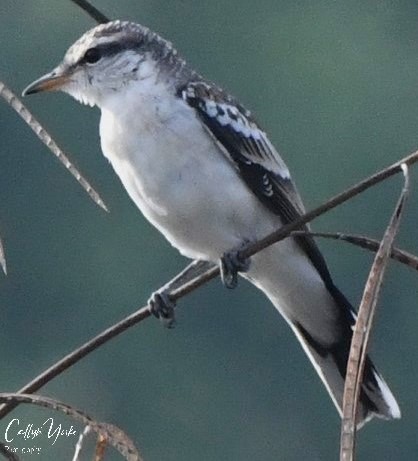
There were few other options for birding near Kuta Beach, where a three-week stay at the four-star Amnaya Hotel had been booked. Happily, this large, rather secluded hotel in South Kuta, was clean, quite comfortable, had good service and a convenient location near the beach, stores and restaurants ($85 per night, meals excluded).
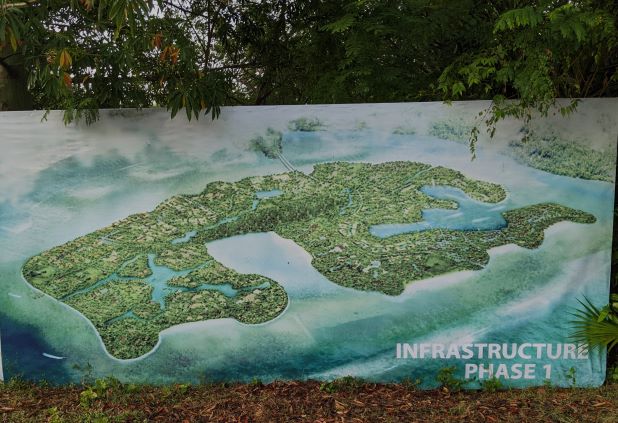
The weather during our stay was fine almost every day in Bali. Occasional squalls dampened the streets, otherwise the skies were fair to partly cloudy; daytime air temperatures ranging from about 25 to 30C with light winds from the northeast. This allowed for long walks on Kuta Beach, observing with a 10 x 42 binocular, shorelines, nearshore waters (heavily used by locals and tourists and nearly bird-less) together with adjacent gardens, mature fruiting trees and a wide variety of tropical ornamental shrubs (occasionally with birds). The alternative was to hire a car and driver for trips to more distant locations on the island (about $US .25 – .50 per km).

My Vietnamese partner and avid birder, Da Thao, arrived in Denpasar on June 16. By then, I had gained a rudimentary understanding of birding logistics in Bali, including an early-morning visit to the famous Uluwatu temple – very scenic and with far more monkeys (Macaca fascicularis) than birds.
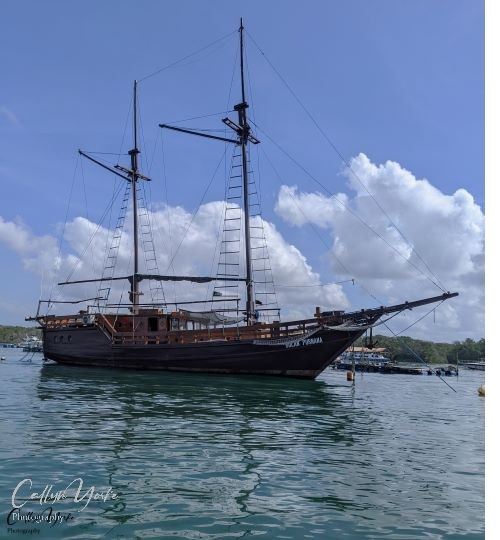
Upland locations further afield, e.g. Ubud, Bedugal and Lake Beratan, were possible destinations for us, though information regarding the birds we might find there (e.g. eBird reports) was fragmentary at best and lacked details including specific directions and accessibility.
Unsure about what other locations would be worthwhile for birding, Thao and I made tentative plans to visit what was reportedly the only significant patch of lowland forest remaining on the island, designated as Bali Barat National Park. There, the chances seemed good for observing and photographing a small population of the stunningly ornate, Green Junglefowl (Gallus varius), and of course, the ultimate trophy-life bird, an endemic, nearly extinct Bali Starling (Leucopsar rothschildi) – see Annotated Bird List.
A local tour operator (Visnu) near the Amnaya Hotel, eagerly offered us transport to and from Bali Barat National Park, which would be about a seven-hour drive to the extreme western edge of the island (IDR $3 million = US $214). Subsequently, we met a Kuta Bluebird Taxi driver, Bembang, who suggested the same roundtrip for slightly less than half of Visnu’s price. That turned out to be the best deal we could find for such a lengthy journey, even when including the forfeited deposit kept by Visnu (US $21).
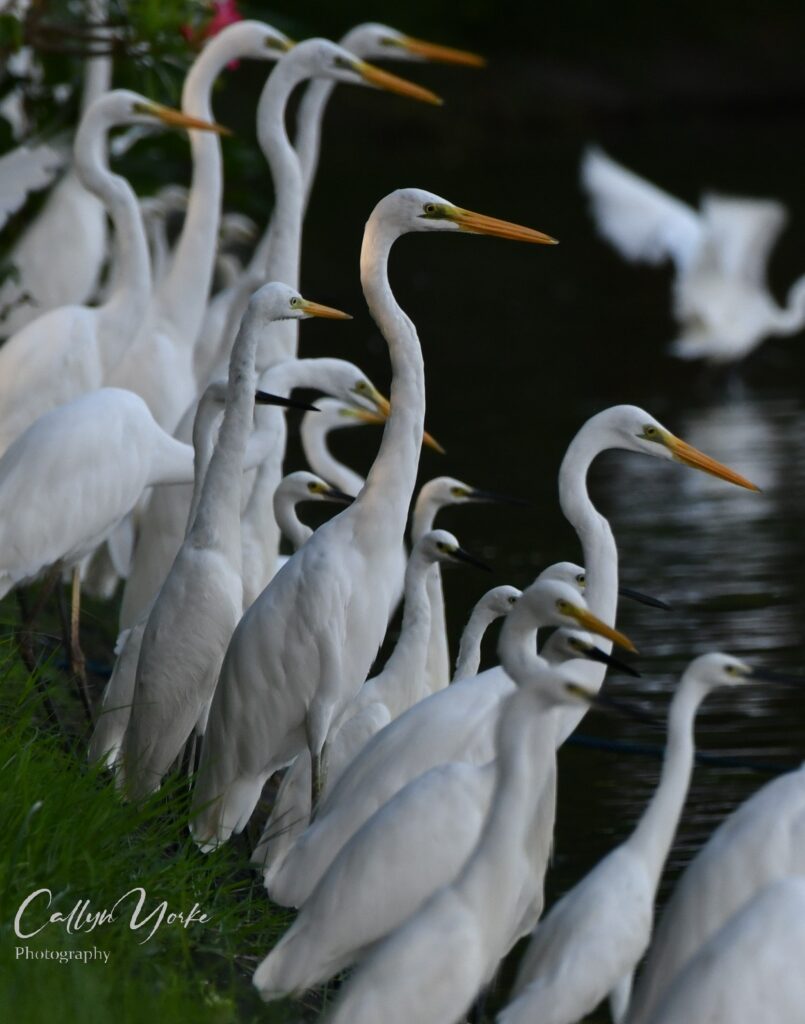
In addition to pioneering a brief visit to the Denpasar landfill, where were chased out by a work crew, then struggling to turn the car around in the mud, Bembang obtained access for us at the almost park-like Nusa Dua water treatment facility (off-limits to the public), where hundreds of egrets, herons and cormorants could be observed and photographed at close range.
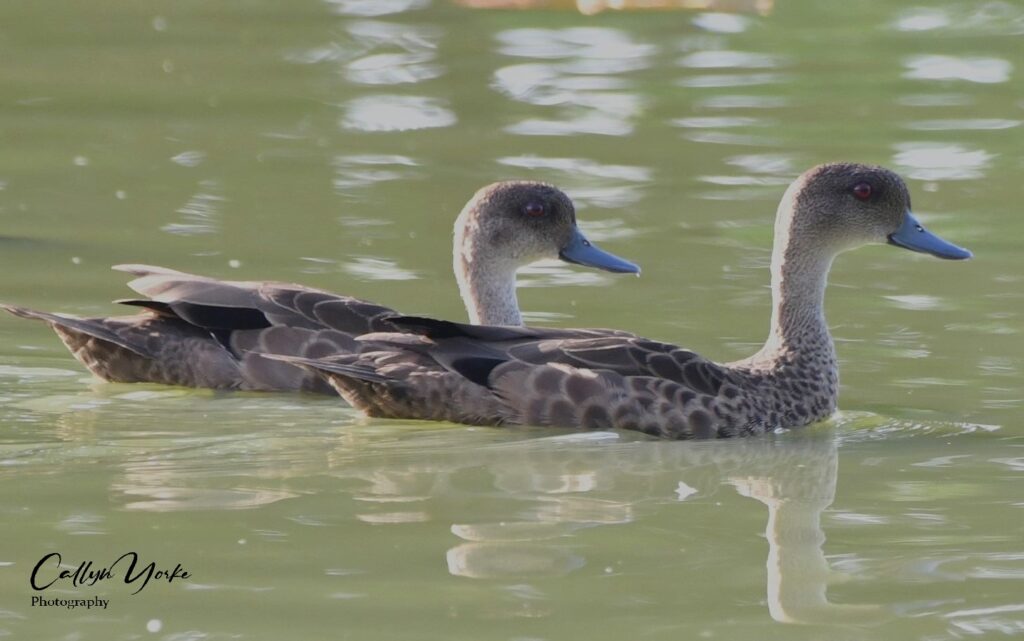
Bembang’s knowledge of the island, combined with his love of a natural history expedition, was an unexpected highlight of our trip. Advice for the visiting birder: Shop around for transport; prices vary considerably for tour services and nearly everything is negotiable.
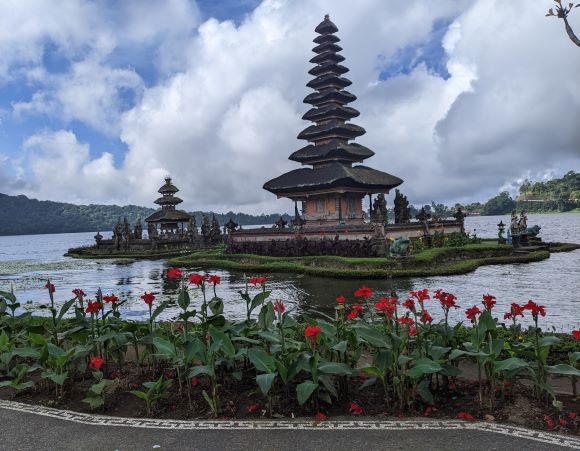
The 155 km automobile journey from South Kuta, northward then westward to Bali Barat National Park (June 20), was punctuated by a few brief stops. Most memorable was Lake Beratan and Banyu Wana waterfall, located in the northern volcanic mountains of Bali, at an elevation of 1,375 m and 910 m, respectively. Although only few birds were found at these two locations, the scenery was superb and the weather refreshingly cool and breezy. Hundreds of tourists wandered through the manicured gardens at Lake Beratan ($US 10, foreigner entry fee). Many garden trees and shrubs were flowering but birdlife was scarce and composed largely of ubiquitous species — a Javan pond-heron (Ardeola speciosa) alighted in a small patch of lakeshore marsh, as a pair of Scaly-breasted Munia (Lonchura punctulata) brought nest material to an Italian Cypress. Later, we made a 1 km hike down to the first of four sets of waterfalls (Banyu Wana), which was picturesque, nestled in a patch of mature rainforest. Strangely, except for the nearly incessant calls of Lineated Barbet (Megalaima lineata), the surrounding forest was silent and motionless. Bembang later mentioned that locals trap and sell birds in this area; a lucrative source of employment, evidently widespread on Bali.
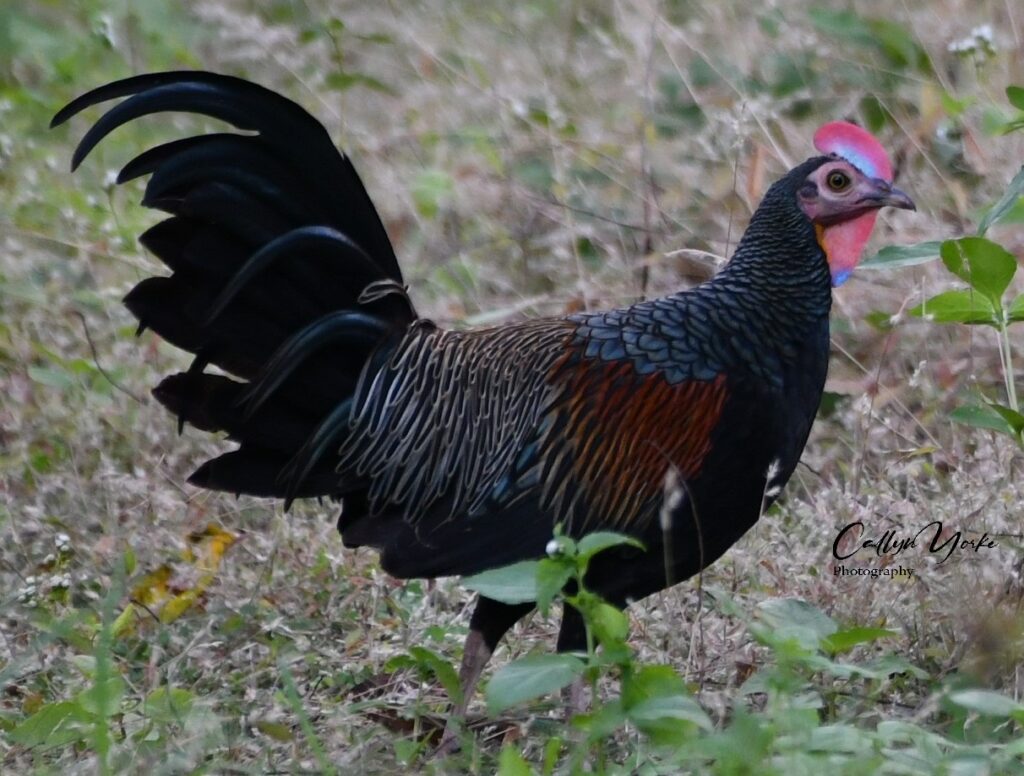
We pre-booked three nights at the 2.5 star (our rating) Menjangan eco-resort inside Bali Barat National Park. Our room was part of the Menjangan Monsoon lodging section, about 0.5 km from the main lodge (tower) and 2 km from their beachside restaurant.
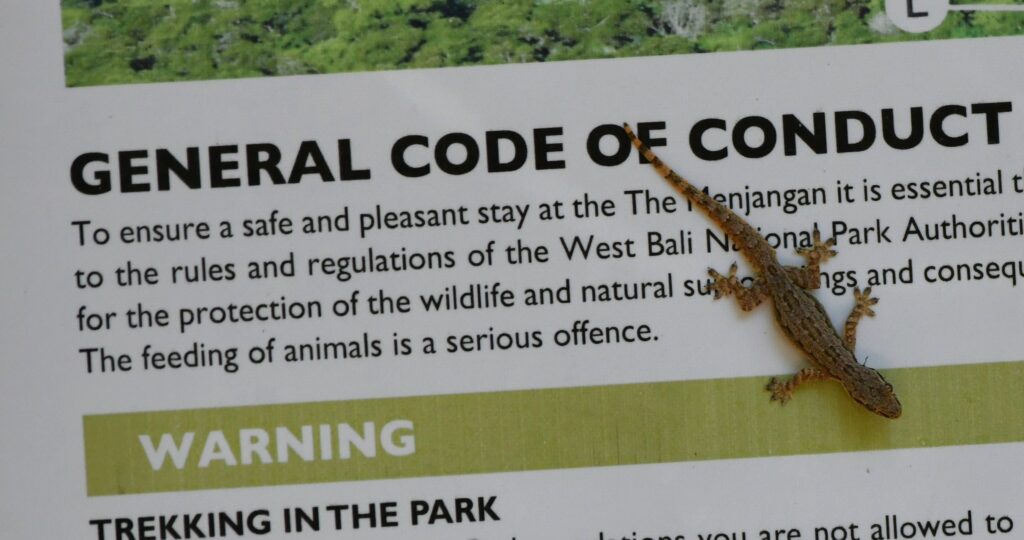
Our rustic-ranch style room (#105) was large, clean, comfortable and well appointed, featuring mosquito netting for the bed (US $84 per night, including breakfast; a US $14 pp Menjangan National Park fee was collected upon arrival). Menjangan facilities and services were fair though limited; a free, on-call shuttle was available for transport, but only to and from other buildings belonging to the resort, e.g., the beach restaurant and bird observation tower, the latter closed for repairs. Strangely, we were informed by the resort manager that most of the National Park was off-limits without an additional, daily park usage fee. The cost for a certified bird guide, including park fees and transport for visiting other parts of the park, was about US $142 per day. Since we were without our own vehicle and the habitat appeared fairly uniform throughout, i.e. scattered strangler figs amongst a monoculture of Acacia woodland with an invasive Lantana understory, we chose to explore the many hectares within the Menjangan zone. In retrospect, our decision to remain at Manjangan may have been a mistake. Another birder-couple we met at Menjangan reported having had a productive guided trip to other sections of the park.
We hired a young Balinese bird guide (Alit) for a two-hr. morning bird walk on the trails (US $43 ). Before breakfast, we concluded the 4 km walk with about twenty bird species, including four lifers, though most were observed from a distance and with only a brief glimpse. All of our meals were taken at the Menjangan beach-mangrove restaurant (the only one available in the Menjangan zone). The food was always freshly prepared, though below average quality in comparison with what we had enjoyed in south Kuta Beach. Several troupes of Long-tailed Macaque (the only non-human primate living in the Menjangan area) were widely dispersed and comparatively shy, except in the outdoor dining area and along the main highway outside the park. These animals provided some entertainment for us at breakfast one morning.
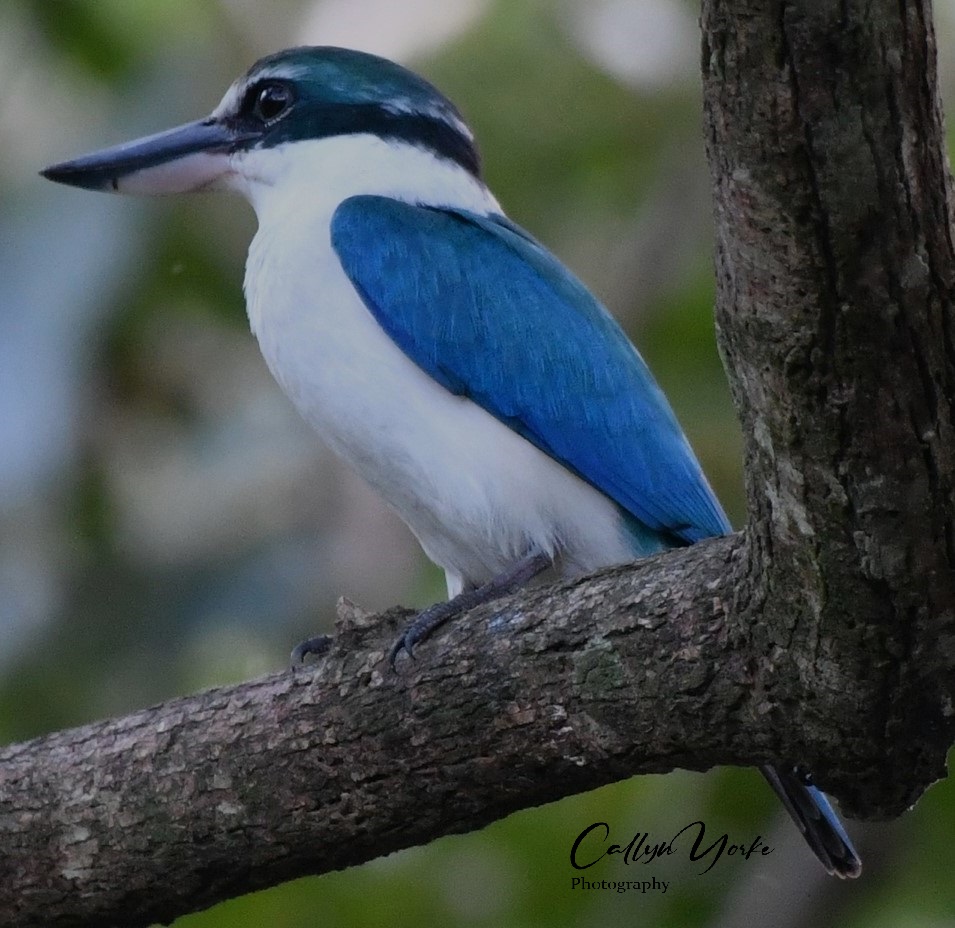
Long-tailed macaque, a widespread, polytypic species in Southeast Asia, also ranging east of Wallace’s Line into the Australasian Lesser Sundas, is highly intelligent and opportunistic. Throughout Bali, they are regarded as sacred, protected animals and are seldom bothered by the natives, even when the animals are attacking and robbing tourists, the lifeblood of the island economy. For instance, populations of macaques living in Bali temples and shrines, e.g. Sacred Monkey Forest, Ubud, and Uluwatu Temple, have achieved YouTube notoriety among tourists and behavioral scientists. Monkeys may leap onto people from walls or tree limbs, or climb onto them from the ground, snatching food, hats, purses and especially eyeglasses. Stolen items such as hats and sunglasses are held for ransom until a food offering is presented as payment. Interestingly, the monkeys seem to sense in women a comparatively low fear-panic threshold, and preferentially attack them. Any sign of fear or weakness may be successfully exploited by these fully habituated, alarmingly bold animals. Further, as I discovered while birding the relatively remote northern boundary of Uluwatu, marginalized subgroups of young male macaques (i.e. gangs) may become aggressive even toward full grown men; such individuals presumably can be dangerous if challenged. Next time, I’ll bring a sturdy walking stick for those little rascals.
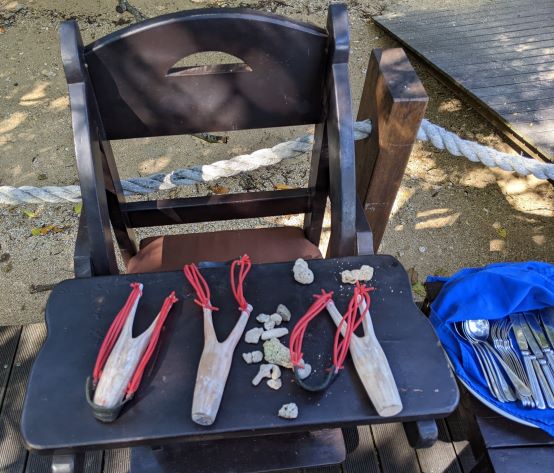
Another case in point. One morning at breakfast on the outdoor deck of the Majangan restaurant, a family sitting a few tables from us suddenly began screaming and rushed to abandon their chairs. An adolescent male macaque had leaped onto their table and stood on all fours staring at them. A serving of fresh fruit was apparently the irresistible prize. Some pieces of fruit were grabbed and quickly carried away. Evidently, the youngster had chosen his victims carefully — an elderly man in poor health, his wife and young granddaughter. Nearby tables with relatively healthy, middle-aged couples, were avoided entirely by the monkeys. The previous day, I had noticed a collection of crudely made sling-shots with chunks of coral, placed on a high chair next to the dining area (photo). I mistakenly concluded the weapons were there for children’s entertainment, perhaps for shooting at fish, birds and anything else that moved. When one of the restaurant staff began distributing the weapons to each of the tables, their intended use became clear: Alamo defenders, you may now take up arms and prepare for battle. Oh, and by the way, please don’t expect any of us to help. Tidak boleh. Definitely no reinforcements among the Balinese people. Punishing sacred monkeys for bad behavior was out of the question. These animals, as well as most other wild beasts, were above all earthly jurisprudence (trapping wild songbirds for the cage trade being a curious exception). Guests must choose their own battles and ultimately, it was every man, woman and child for themselves. Most of them, like terrified actors in a monster movie, stumbled backwards with their cell phones. Some brave militiamen among the startled diners, fumbled with the coral ammunition, attempting to snap it through the narrow v-neck of the sling-shot, perhaps inflicting more pain upon themselves than the monkeys ever could. Few of the cercopithecine marauders displayed any fear of a sling-shot. All but the youngest had done the math. The odds were in their favor; none of the resort guests wielding even a properly designed slingshot (some of them, like myself, for the first time in decades) could hit a Javan rhino at the dinner table. The troupe remained watchful in nearby mangrove trees, with characteristic scowls on their sanctimonious faces. Meanwhile, Menjangan restaurant workers kept their distance, possibly curious to see if any guests managed to make a successful shot using the diabolically crafted weaponry.
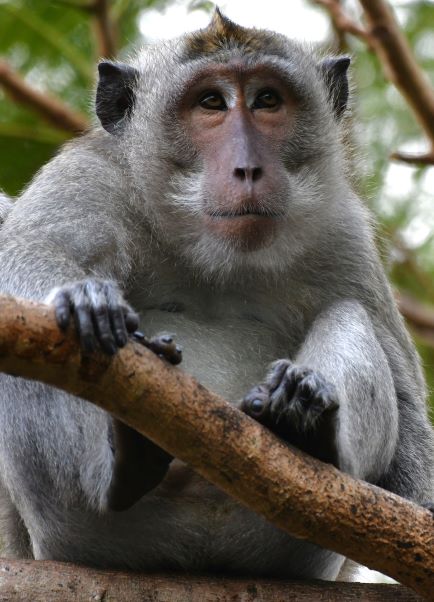
Our brief stay at the Menjangan ended with the monkey business described above. Bembang was waiting for us in the reception parking lot, asleep in a shiny new unmarked sedan. There had been a multi-car pile-up on the main highway soon after he dropped us off at Menjangan four days earlier. The Bluebird cab was totaled, though he was uninjured. Bembang was ready for part II of our cross-country adventure. Hearing his story, we now wished only for a safe trip directly back to Kuta Beach.
This time, we would take the southwestern route along the coast, which was without any mountain switchbacks and with fewer scary overtakes of slow trucks. We stopped only once for lunch at a Muslim shoreline cafe, where cold beer was as alien as Thao and I. Indeed, everything was served at room temperature. I put in a special request for cutlery. Bembang was evidently trying to stay within a tight budget. This roadside cafeteria was definitely the place for basic, cheap Indonesian food. The three of us ate our fill of spicy chicken and vegetables for a total of about U5 $7. In the distance, a Pacific Swallow (Hirundo tahitica) coursed gracefully back and forth over the beach and adjacent low scrub. The rest of the drive was a blurred sequence of rice terraces, makeshift homesteads and villages as we sped toward Kuta.
Bali Barat National Park, though still supporting some unique wildlife, had been somewhat disappointing. Perhaps a lengthier stay would have been worthwhile. It’s difficult to say. What we encountered in Menjangan is called a national park but is actually only a token reserve of regenerating ranch and farmland. Except for numerous native seedlings recently planted in the Manjangan zone, vegetational heterogeneity was quite low, dominated by weedy exotics (e.g. Lantana) and supporting a predominantly fragmentary, depauperate, opportunistic avifauna, in comparison with the species-rich rainforests remaining on the neighboring Greater Sundas — Sumatra, Java and Borneo.

A Surfer’s Tale
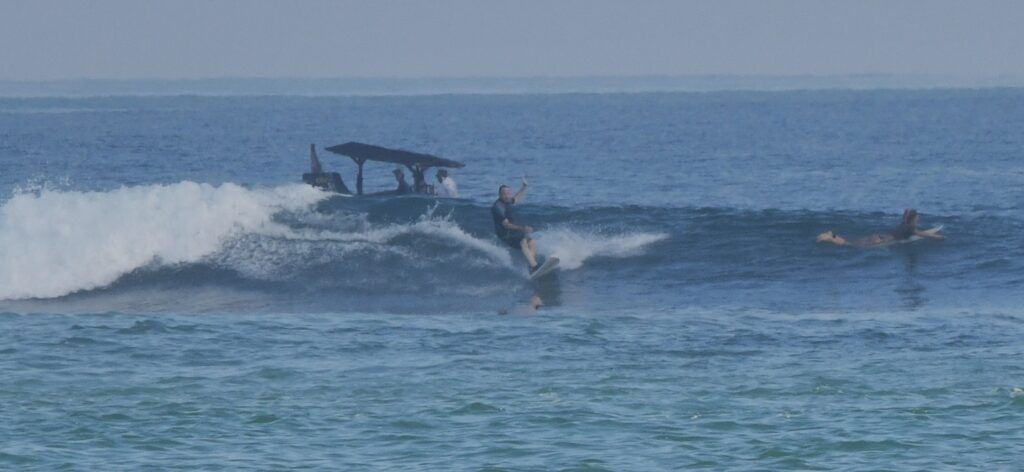
Kuta Beach, Bali, extending several kilometers from about the Canggu (pronounced ‘Changoo’) breaks in the north to the airport breakwater and offshore reefs in the south (photo), is a world-renowned surfing destination, attracting crowds of locals and visitors year-round. There are several sections for beginners as well as breaks that should probably be labeled ‘Double Black Diamond’ – ‘Experts Only’, e.g. the South Kuta reef and most of Canggu. Almost no intermediate-level surfing areas occur at Kuta – so you must be satisfied surfing either the white-water leftovers, or risk it all and paddle hard into big, fast-moving outside sets. Even the popular beginner sections in middle Kuta (e.g. Legian), commonly receive overhead and double-overhead-sized waves, which can instantly snap a surfboard in two and knock a person senseless, as they are rag-dolled and slammed into the shore. Countless drownings have occurred at Kuta Beach over the years. Nowadays, young, athletic Balinese lifeguards walk the tideline watching swimmers and surfers carefully, blowing whistles and waving their arms when people are out too far or too close to an incoming set of big waves. Those brave young men probably save many lives every year.
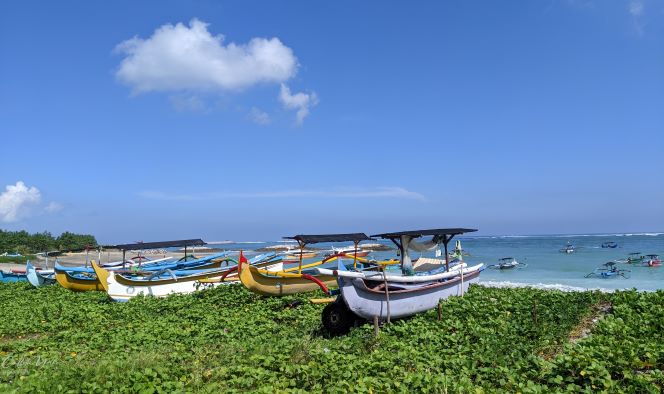
Between bird surveys, I managed a few longboard surfing sessions at Kuta Beach. For my skill level (beginner-intermediate), I found that South Kuta usually had favorable conditions, depending on the tide. Generally, a medium high tide produced the most consistent, ridable waves. At low tide, there was often a brutal, close-out shore break; at very high tides, pretty much the same. Outside, 1-2 m sets at South Kuta, held up by prevailing offshore winds, allowed for relatively long, smooth lefts and rights, though there was often a prolonged waiting period in the baking equatorial sun. I applied spf 50 sunblock liberally and wore board shorts with a short-sleeve rash guard, yet still experienced minor symptoms of UV overexposure following each session.
Surfing, like most watersports, requires proper technique, good judgement, strength, boldness and dedication. Those are the minimum requirements for a satisfactory performance. Reaching the level of a professional surfer, would be roughly equivalent I imagine to the training necessary for becoming an astronaut or US Navy SEAL. Surfing is arguably the most difficult of board sports, in my experience, much more so than skate-boarding, snow-skiing or water-skiing. I have had multiple surfing lessons over the years and average athletic ability, yet my progress, albeit intermittently, has been slow. At 72, I am at the point of diminishing returns for maximum effort, though I suppose I should be grateful for the ability to paddle out and catch a few rides without succumbing to total exhaustion. These days, I usually evaluate the surfing conditions carefully; taking on waves over 1.5 m in height, combined with deep paddling and a line-up of other surfers, could result in an embarrassingly poor performance, or worse, an injury accident. And that sort of mistake was just about what occurred on my first day surfing Canggu, North Kuta.
I booked an online appointment for a surfing lesson at Kuta Beach with the Viator Tour Company. The deal seemed reasonable for a two-hour private lesson (US $27), including hotel pick-up, set for 7 am the following day. We communicated essential information using Whatsap, i.e. my skill level and prior surfing experience. I checked and re-checked the Kuta surf forecast – a medium incoming tide, swells 1-2 m, all together, average conditions for the season. What I didn’t realize was that there was a significant difference in wave size and energy between North and South Kuta, and that my surfing session in Canggu, North Kuta, would test the limits of my abilities.
A soft-spoken, young Balinese surf instructor (Ari, 27 yrs. old) was an hour late picking me up at the Amnaya Hotel in South Kuta. He was having transportation issues and ended up on a old 125 cc Yamaha with a broken gas gauge. Making up for lost time, we sped through congested intersections and around oncoming traffic as in an action-thriller film, arriving in Canggu 35-minutes later. Following a short walk from the Canggu beach parking area, we arrived at a makeshift shack, furnished with only a couple of worn sofas, end tables and a collection of ding-repaired surfboards. Ari handed me a small bottle of water. Strong black coffee would have been preferred, though time was running out with a changing tide. I selected a 9’6” hardboard, Ari waxed it, leashed-up and we trotted down to a steep shoreline.
Overhead and occasional double-overhead waves were breaking on invisible, shifting sandbars at variable distances from shore. This was predominately shortboard territory for experts. A thundering beach break and strong rip demanded caution when entering the water. Ari sprinted and jumped on his shortboard, quickly paddling out ahead of me, signaling when and where I should follow. I appreciated his concern for my safety. Merely reaching a suitable set of waves required strong paddling for several minutes. I was soon out of breath and sat up on the board, letting the first few sets elevate and pass under me as gusty offshore winds sprayed the wave crests in my face. These were some of the most challenging surfing conditions I had ever experienced, from which there was no easy exit. The choices were, however, quite simple: Dude, surf or abandon ship and swim straight to the bottom.
Much bigger sets on the outside began building up. Glancing at the lineup of about twenty surfers, it was apparent that only the most skilled and experienced athletes knew how to handle themselves on these waves. Most of the guys out there sat on their boards and watched the show. We paddled out a few more meters and got into position. When breathing normally again, I was ready to attempt my first wave of the day — an imposing, fast-developing wall of translucent aquamarine, perhaps 3 m in height – bottom to top – when fully formed. I paddled deep and hard, the board tilted steeply downward as the wave lifted me upward, but I was late and too far back on the board, failing to get the forward burst of acceleration needed to sustain the momentum for a pop-up. It was common mistake made by beginners, that I should have avoided. Ari observed my technique and tried giving the board a shove from the rear the next time. Two more failed, late take-offs, and it was clear to both of us that I was in over my head with existing conditions. I was also tired and discouraged. I began doubting my abilities, as though this was my first time on a surfboard. Ari, trying to save face (perhaps for both of us), paddled toward shore, motioning for me to join him where smaller sets were breaking. By then, I wanted only to catch one good ride and take it into shore.
A breaking wave caught the aft of my longboard as I paddled toward shore, jolting me forward with great speed. I hung on tightly in the prone position, being bounced along in the turbulent white-water, the board too unstable for a stand-up. When the wave energy dissipated, I was out of the ‘death zone’ and only a few more strokes from the safety of the shore. Ari pointed to a blue beach umbrella in alignment with a relatively calm channel. Then my final miscalculation: an oblique riptide edged me out of the channel. As I drifted toward the beach, a powerful reverse current sucked me and a ton of sand backwards. I gripped the rails tightly, expecting a sudden, manageable thrust forward. But before I could reposition, the rear of the board went skyward and was torn from my grasp, flipping me onto the shore with such force that my swimsuit, rash-guard and every orifice of my body was full of coarse, volcanic sand, including my eyes. Dazed, I stood up, stumbled and fell to my knees, retrieved the board (incredibly still in one piece) and in a half-blind stupor, staggered back to the surf shack, more humiliated than injured. That was about the worst surf session I could imagine. I would spend the next two days removing imbedded grains of sand from my scalp, while recuperating in anticipation of the next surfing adventure. In retrospect, I had survived and learned my limits, as well as a bit of local oceanography.
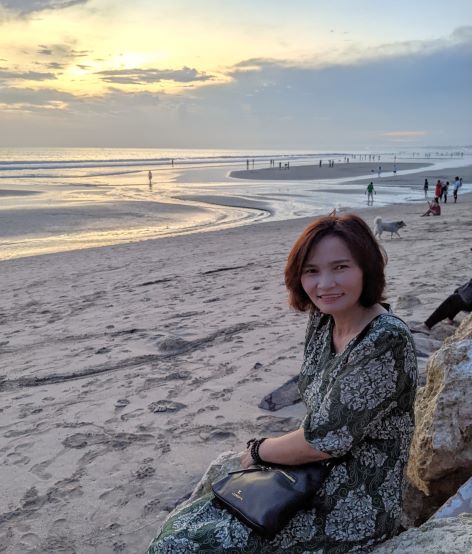
Happily, as it turned out, much better ‘Barbarian Days’ were ahead for me. I enjoyed a little local birding as a reprieve from the Canggu surfing disaster. By the time Thao’s flight from Saigon had arrived in Denpasar on June 16th, I was fully recovered and in fine form again, chatting in Bahasa with the locals, and catching some decent rides in South Kuta. As writer-surfer William Finnegan might say, there is nothing quite comparable with a surfing life.
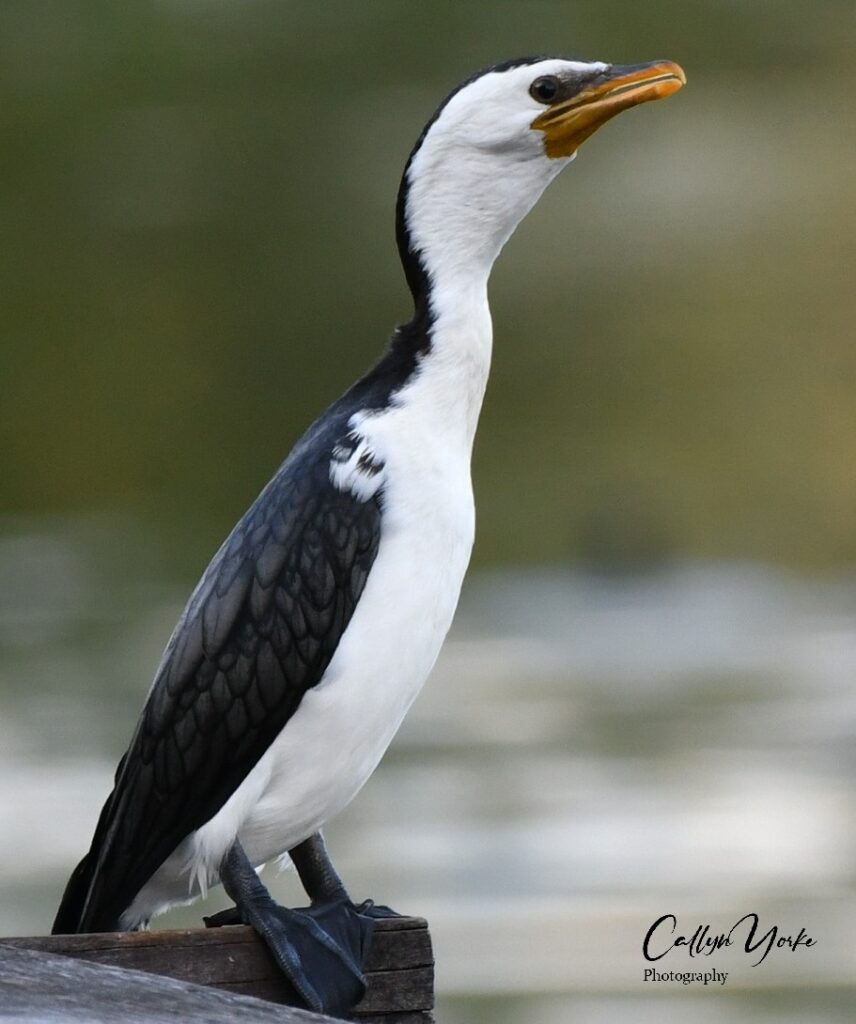
Annotated Bird List Bali, Indonesia (June 10-29, 2022) Callyn Yorke
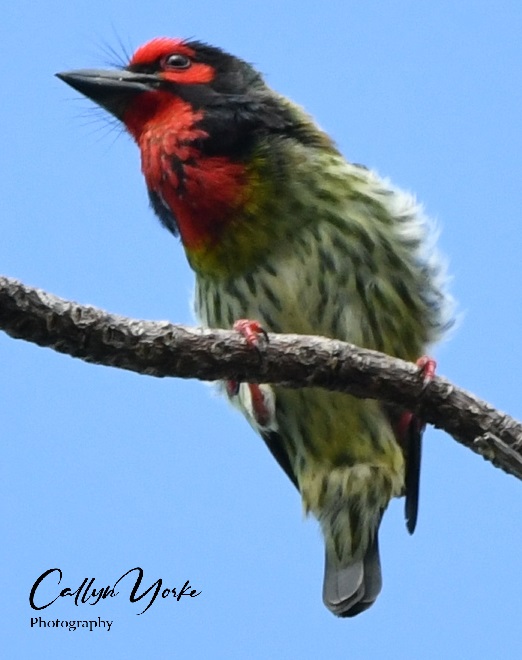
Weather: Mostly fair to partly cloudy with occasional, intermittent light rain in the afternoon and evenings; air temp. 25-33C; wind NNE 1-10 kph; seas moderate to choppy, surf 1-3m.
Abbreviations and Terminology
Abundance: Numbers (1,2,…) following each species entry represent the highest single-survey count.
Frequency: C = commonly observed on all or most of the surveys; UC = uncommonly found, e.g. on half or less of the surveys; R = found only once. (note: some locations, e.g. Nusa Dua WWTF and those in route to BBNP, were surveyed only once). Most of the surveys were completed before 1100 hrs. (i.e. 0630-0930 hrs.); Kuta Beach was casually surveyed throughout the day when in residence there.
Sex, Age and Molt (if known): m = male; f = female; ad = adult; imm = immature; bsc = basic (non-breeding plumage); alt = alternate (breeding) plumage.
Behavior and Ecology: vocal = calls and/or song; greg = gregarious; low/mid/upper = levels in shrubs/trees; agl = height (m) above ground level.
Locations and Dates (month/day) of Surveys (see Introduction for additional habitat descriptions): BBNP = Menjangan – Bali Barat National Park (6/20-23); BH = Benoa Harbor and adjacent mudflats-mangrove (6/16; 6/18); BW = Banyu Wana Waterfall (6/20); KB = Kuta Beach (north and south), shoreline, nearshore waters, gardens, coastal scrub, ruderal and wooded vacant lots (6/10-6/19; 6/23-29); LB = Lake Beratan (6/20); ND = Nusa Dua Waste Water Treatment Facility settling ponds and gardens (6/19); PS= Pulau Serangan (interior canal, lagoon, backwaters, mudflats, shoreline, mangrove, coastal woodland and scrub, second-growth, gardens and ruderal roadsides (6/11; 6/12;6/16; 6/18;6/24); UW = Uluwatu temple gardens, cliffs, nearshore waters (6/13); Ubiq = Ubiquitous in appropriate habitat.
Systematics and Nomenclature largely follows HBW and Birdlife International, Illustrated Checklist of the Birds of the World (2014;2016); MacKinnon & Phillipps (1992). Endemic species are indicated in bold face type.
- Little Black Cormorant Phalacrocorax sulcirostris 50 ad., imm, C, greg. scattered small flocks in flight w over bridge at dawn, PS; abundant in settling ponds where swimming and diving for fish, ND (photo).
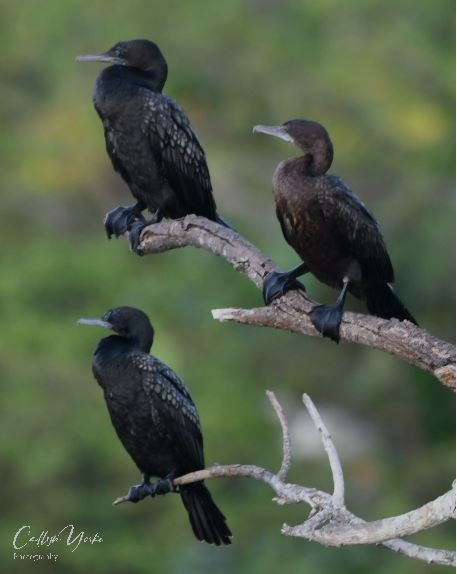
- Little Pied Cormorant Phalcrocorax melanoleucus 70 C, loosely greg., dawn flights westward over bridge PS, BH; several perched adjacent to and swimming/diving for fish in ponds, ND
- Gray Heron Ardea cinerea 1 R, in flight over lagoon, PS
- Purple Heron Ardea purpurea 2, UC, at edge of islets foraging on fish by lowering head and neck, stabbing into the water and impaling fish with the beak, ND (photo).
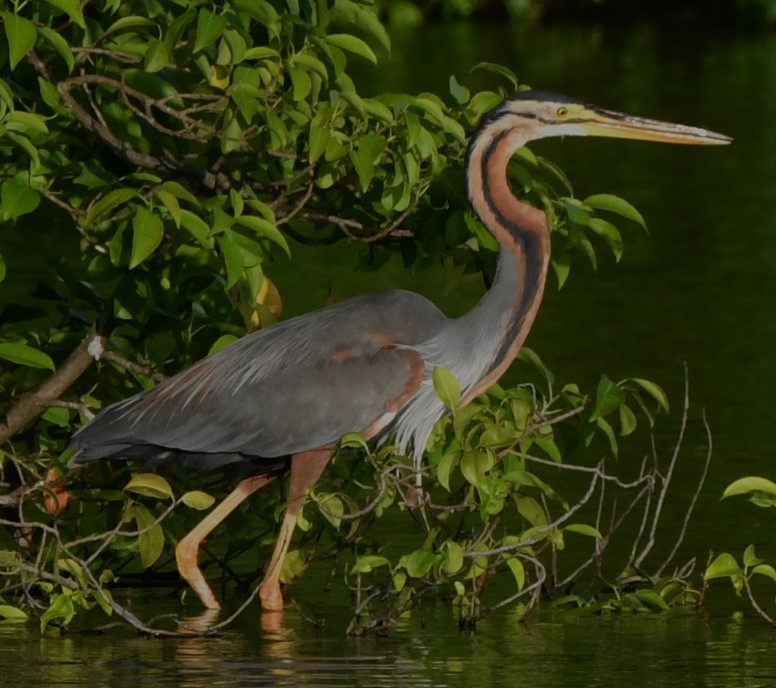
- Striated Heron Butorides striatus 3 C, walking slowly at water’s edge on edge of rocky embankment and adjacent shoreline, PS (photo).
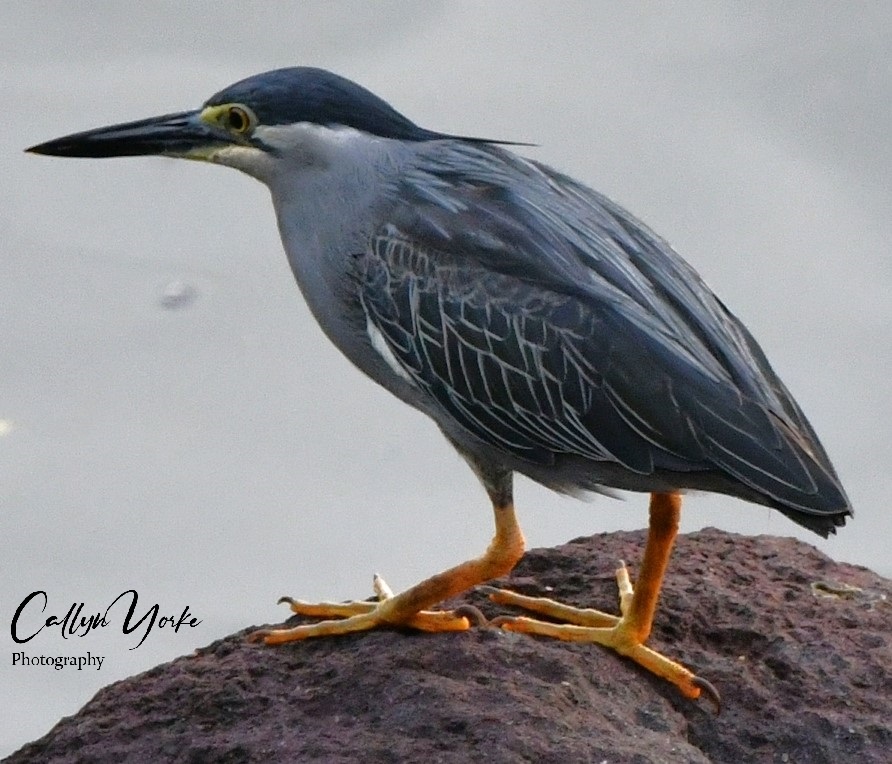
- Cattle Egret Bubulcus ibis 60, C greg. at landfill, flying over lagoon, PS.
- Javan Pond Heron Ardeola speciosa 10, C (ad, imm) ubiq.
- Pacific Reef Egret Egretta sacra 1, R, at edge of settling ponds with other egrets, ND.
- Great Egret Egretta alba 40, C, greg. and solitary foraging at edge of settling ponds, ND, lagoon shallows, PS.
- Intermediate Egret Egretta intermedia 20, C, greg. foraging with GREG, edge of settling ponds, ND, lagoon shallows and mudflats, PS.
- Little Egret Egretta garzetta 50, C, greg. foraging at edge of settling ponds, ND, shallows and mudflats, PS.
- Black-crowned Night-Heron Nycticorax nycticorax 8 (ad, imm), UC in marsh at margin of settling ponds, ND.
- Sunda Teal Anas gibberifrons 2 , UC, a pair alighting in settling ponds, ND (photo), flying over bridge, PS.
- Green Junglefowl Gallus varius 6 (m,f), C, occasionally vocal, individuals and pairs on ground in Lantana understory and ruderal roadside fields and seedling plantings, BBNP (photo).
- White-breasted Waterhen Amaurornis phoenicurus 1, UC near interior canal and on landfill access road, PS.
- Porzana sp. (c.f. fusca) 1 seen briefly crossing road in ruderal patch, BW.
- Black-bellied (Grey) Plover Pluvialis squatarola 1 bsc., R on mudflats at low tide in lagoon, PS.
- Javan Plover Charadrius javanicus 1, UC on mudflat-regenerating mangrove, BH.
- Far-Eastern Curlew Numenius madagascariensis 1, Bsc., R foraging alone on extensive mudflats at low tide, BH (photo).
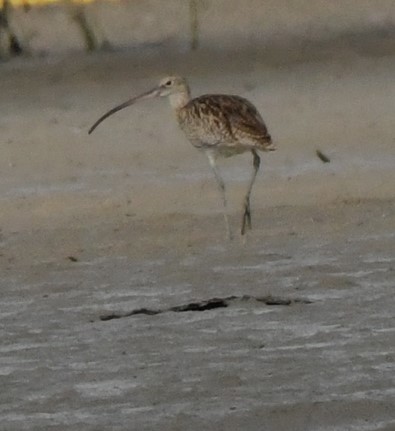
- Common Redshank Tringa totanus 6 (possibly more) bsc. greg. in msf with COGS on mudflats, BH (photo).
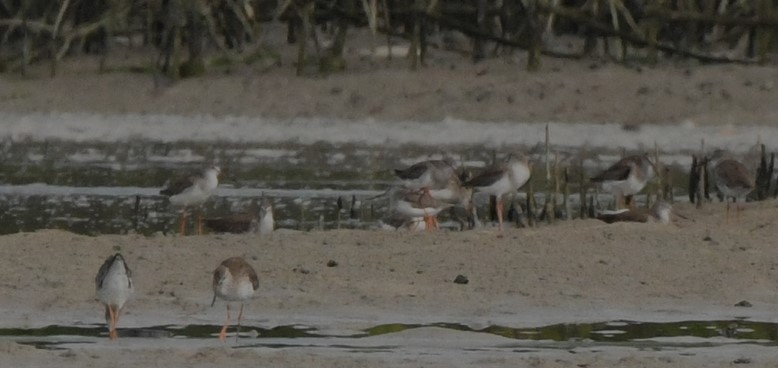
- Common Greenshank Tringa nebularia 4 in msf on mudflats with CORS, BH.
- Gull-billed Tern Sterna nilotica 2 UC, a pair flying low over harbor and mudflats, BH.
- Little Tern Sterna albifrons 15 greg., C, diving for small fish (e.g. silversides) in lagoon, BH; pairs flying offshore around reef, KB; small flock flying around settling ponds, ND.
- Greater Crested Tern Sterna bergii 6 greg on mudflats and flying over lagoon, BH (photo).
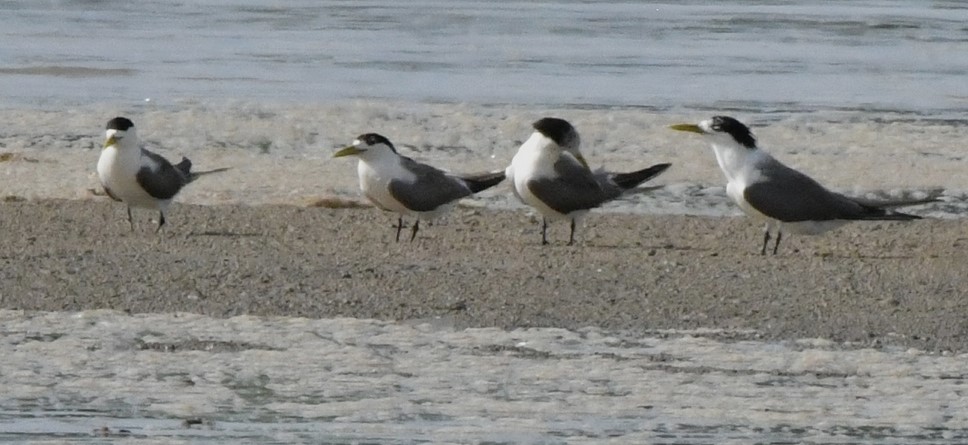
- Gray-cheeked Green Pigeon Treron griseicauda 3, C, greg. pairs often perched in large, isolated trees and flying over open areas, PS (photo).
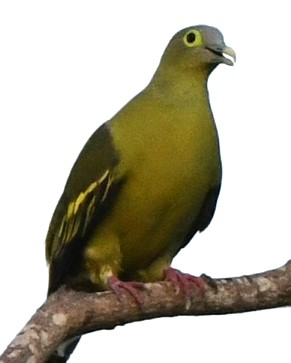
- Orange-breasted Green Pigeon Treron bicincta 2 , R greg. in tall trees and flying over woodland, BBNP.
- Pink-necked Green Pigeon Treron vernans 12, C greg. in mature acacias, BBNP.
- Feral Rock Pigeon Columba livia 6, C, greg. in town, KB.
- Island Collared Dove Streptopelia bitorquata 2, R greg. a pair on the garden walkway, UW.
- Spotted Dove Streptopelia chinensis 25, C greg., vocal, second-growth, villages and modified habitats, ubiq.
- Zebra Dove Geopelia striata 25, C, greg., vocal, ruderal fields, gardens, woodland edge, villages, ubiq.
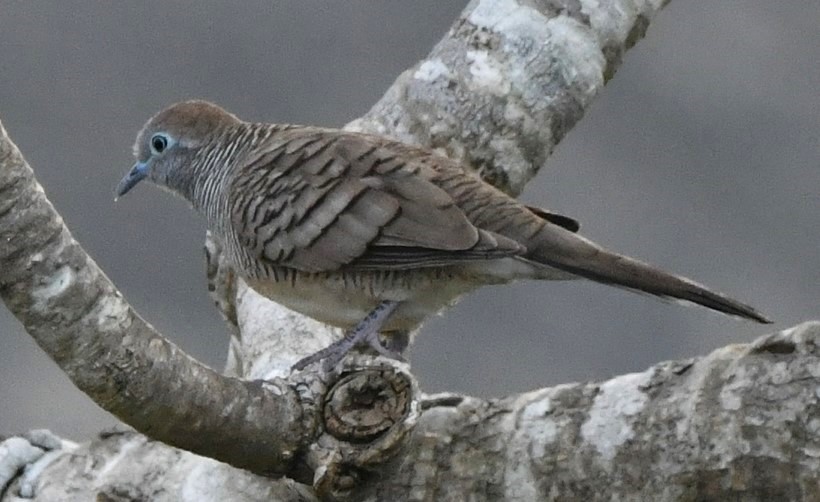
- Plaintive Cuckoo Cacomantis merulinus 2, C, vocal (mostly unseen), woodland edge, gardens, villages, ubiq.
- Asian Koel Eudynamys scolopacea 1 UC, vocal (unseen) woodland edge and gardens with mature trees, KB, PS.
- Lesser Coucal Centropus bengalensis 1 R, vocal (unseen) second-growth field near canal, PS.
- Caprimulgus sp. (c.f. affinis) 1, R flying around in the hotel dining area about 1/2 hr. before sunrise, KB.
- White-nest Swiftlet Collocalia fuciphaga 2, C, pairs usually flying 20-50m agl, significantly higher than CASW, PS, BBNP.
- Cave Swiftlet Collocalia linchi 30, C, loosely greg. flying 0.1 – 15m agl, sometimes gleaning insects from foliage, second-growth, open areas, villages, ubiq.
- Little Swift Apus affinis 1 UC, flying 50m agl above cliff, UW.
- Asian Palm Swift Cypsiurus balasiensis 2 C, over water and open fields, PS, BBNP.
- Cerulean Kingfisher Alcedo coerulescens 1 UC, on post in mangrove, BH, flying along embankment to shrub perch, PS.
- Collared Kingfisher Todirhamphus chloris 2 edge of mangrove, C, a pair often perched in same, leafless tree in a field of second-growth, PS (photo).
- Sacred Kingfisher Todirhamphus sanctus 1, R perched at edge of mangrove channel, PS.
- Chestnut-headed Bee-eater Merops leschenaulti 1, R edge of second-growth woodland, BBNP.
- Blue-tailed Bee-eater Merops philippinus 2, C, greg., a pair aerial hawking over lagoon and from trees at edge of open fields, PS (photo).
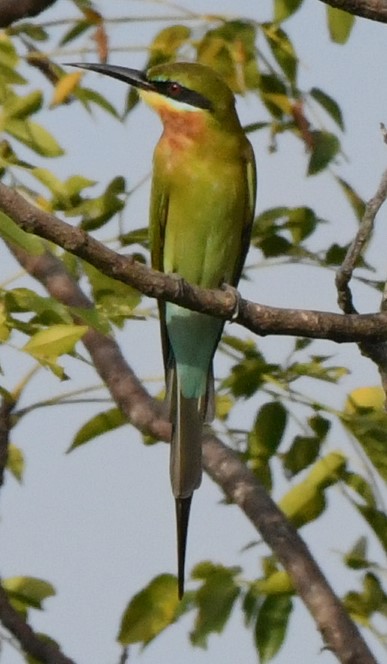
- Lineated Barbet Megalaima lineata 5 C, vocal in forest and woodland, BW, BBNP.
- Coppersmith Barbet Megalaima haemacephala rosea 3, C vocal, gregarious in fruitng trees, KB (photo).
- Freckle-breasted Woodpecker Dendrocopus analis 2 (m,f), C, vocal, individuals foraging on outer limbs of mangrove trees, PS, BBNP.
- Pacific Swallow Hirundo tahitica 2 greg. C, perched on utility wires, roof-tops, flying low over roadside scrub, PS (photo).
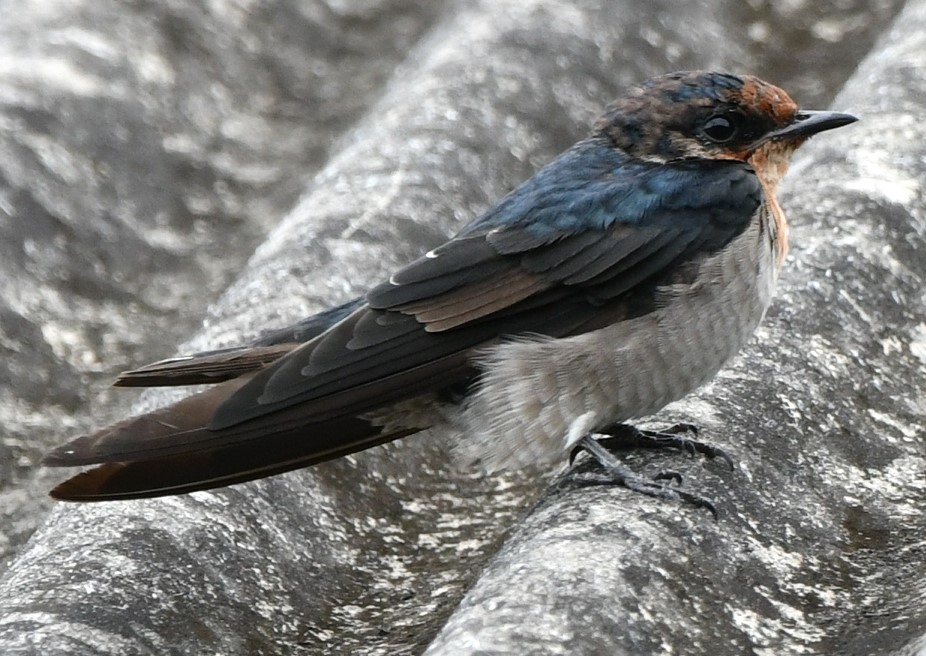
- Sunda Cuckoo-Shrike Coracina larvata 1, UC, perched in tall acacia outer canopy, BBNP.
- White-shouldered Triller Lalage sueurii 4, C, greg. pairs in dense second-growth, PS (photo).
- Common Iora Aegithina tiphia 5, C, vocal in gardens and second-growth, ubiq.
- Sooty-headed Bulbul Pycnonotus aurigaster 2, C, vocal, gardens and second-growth, KB, PS, UW (photo).
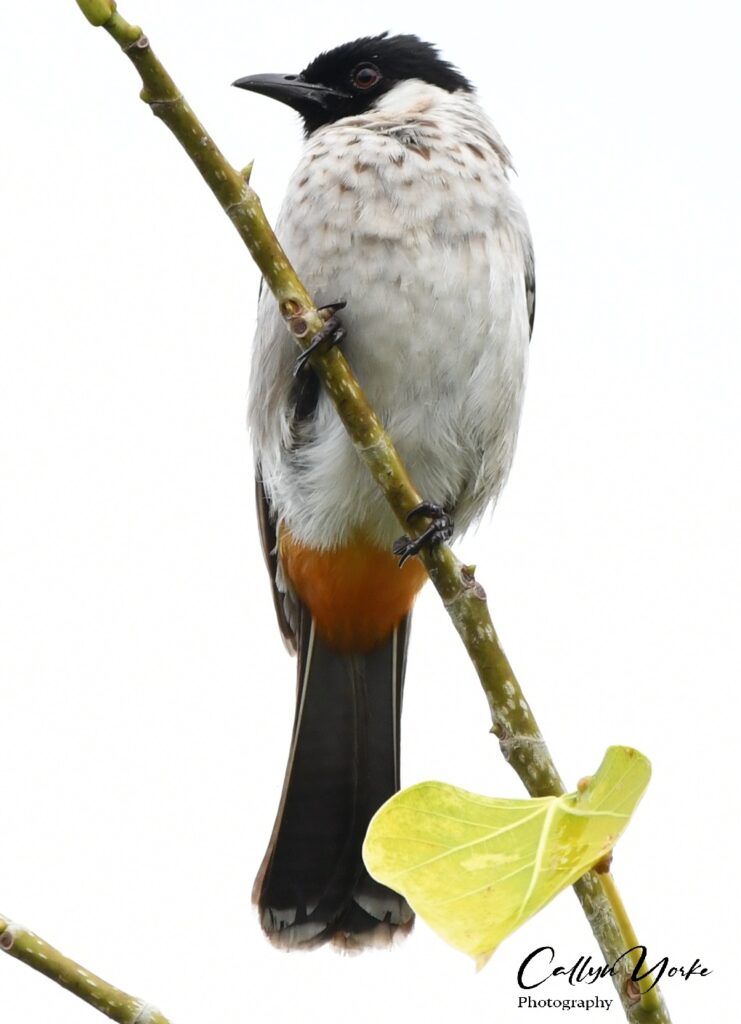
- Yellow-vented Bulbul Pycnonotus goiavier 20, C, vocal, greg. ubiq.
- Black Drongo Dicrurus macrocercus 2, UC, Acacia canopy, BBNP.
- Racket-tailed Treepie Crypsirina temia 1, R, flew across canal road from dense second-growth to tall garden tree, PS.
- Large-billed Crow Corvus macrorhynchos 1, R, flying toward landfill, PS.
- Magpie Robin Copsychus saularis 1, R, low in mangrove backwater channel, PS.
- Olive-backed Tailorbird Orthotomus sepium 3, C, highly vocal in dense second-growth and gardens, KB, PS, UW.
- Bar-winged Prinia Prinia familiaris 2, UC vocal (unseen) in dense second-growth and gardens, KB, PS.
- Pied Fantail Rhipidura javanica 2, UC, foraging on and near the ground, ruderal patches and edge of gardens, second-growth, PS (photo).
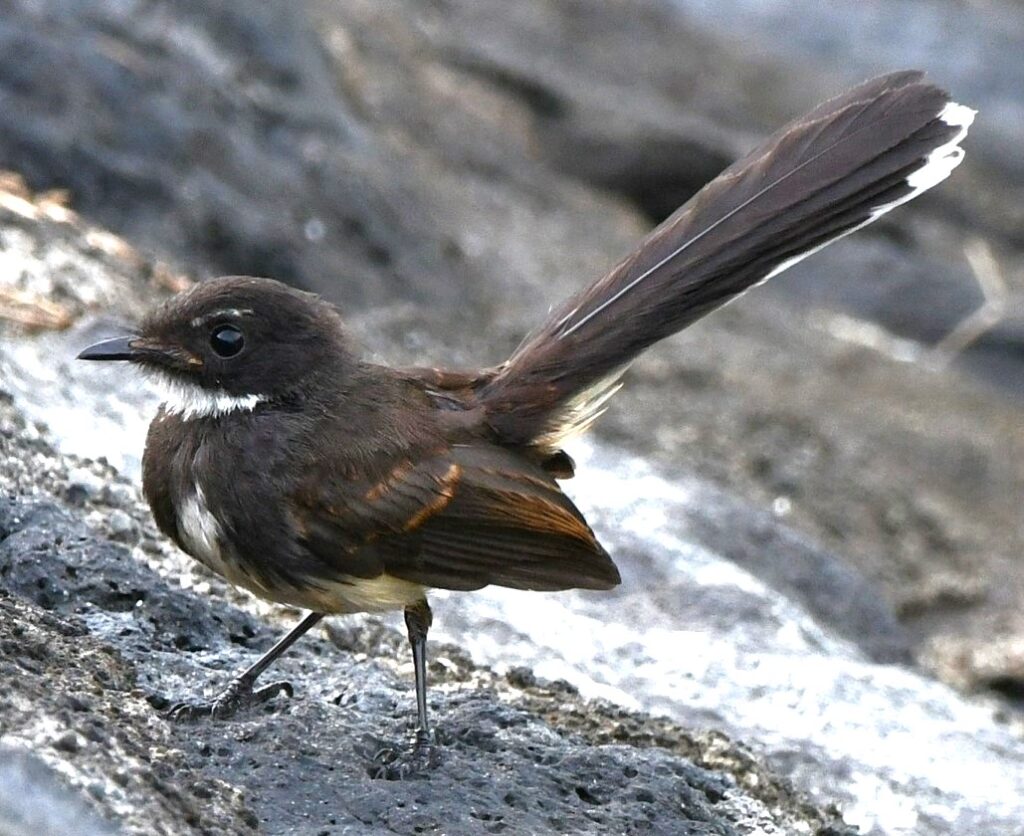
- Long-tailed Shrike Lanius schach 1, UC in dense acacia understory, BBNP.
- Bali Starling Leucopsar rothschildi 6, C vocal, greg., pairs in acacia canopy, most often seen and heard during early morning in flight; wild population (including birds released from BBNP species recovery program) in Bali about 200 birds, BBNP (photo).
- Bank Myna Acridotheres ginginianus 2, C, greg. pairs on lawns in town, around cavities in seaside cliffs, KB, UW.
- Javan Myna Acridotheres javanicus 4, C, greg. in towns and open areas, KB, PS.
- Olive-backed Sunbird Nectarinia jugularis 3, C vocal, greg., pairs in flowering shrubs, gardens and second-growth, PS.
- Lemon-bellied White-eye Zosterops chloris 3, C, greg. in shubs, trees, second-growth and gardens, PS.
- Eurasian Tree Sparrow Passer montanus 50 (m,f) vocal, greg. on ground, shrubs and trees, in towns and villages, eating seeds from decorations and religious-shrine food offerings, ubiq.
- Scaly-breasted Munia Lonchura punctulata 4 (m,f) C, greg., gardens, fields, marshes and second-growth, ubiq.
___________________________________________________________________________________________
